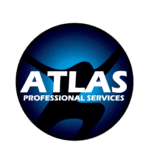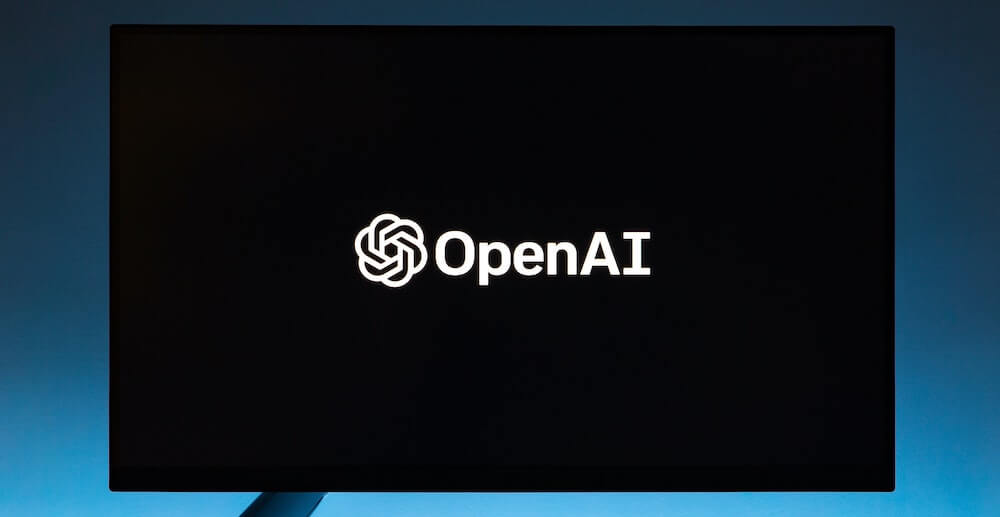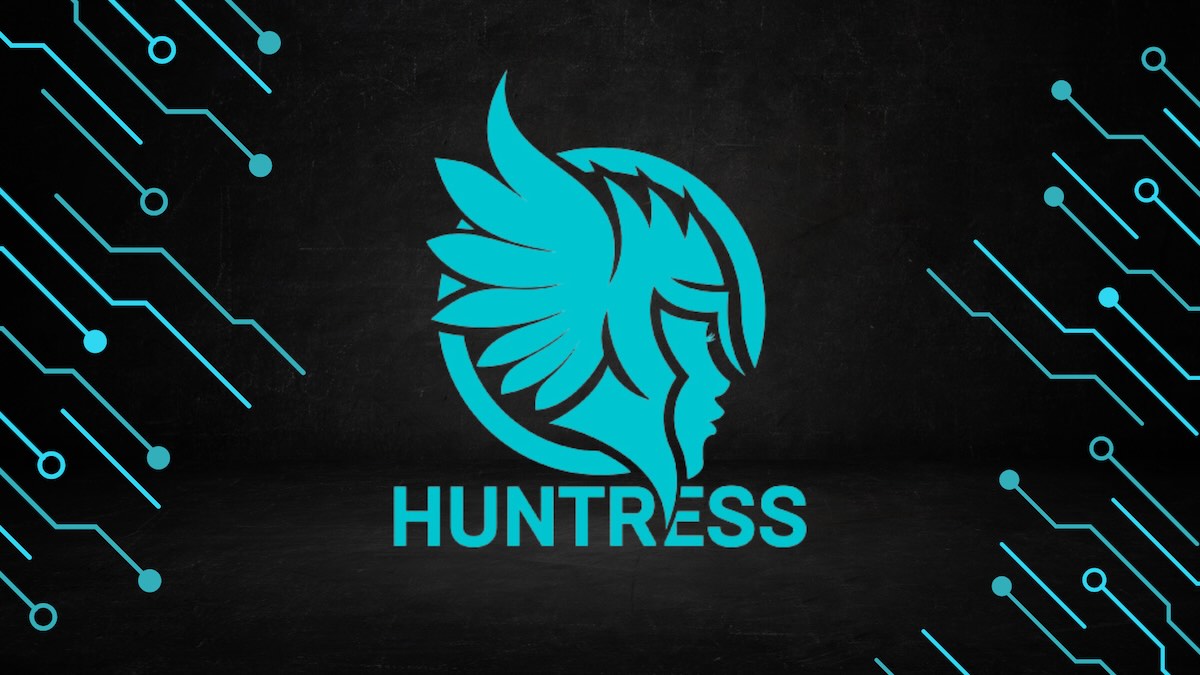What Businesses Should Know about ChatGPT
ChatGPT is a name that seems to be everywhere these days. This new AI-powered chatbot technology has some businesses embracing it, others blocking it, and still others scratching their heads.
For some organizations, ChatGPT can bring greater efficiencies. For others, it poses legal restrictions or unnecessary risks. And some leaders think they need not concern themselves with AI-powered chatbot technology because it’s a passing fad (spoiler alert: it’s not).
This post is for businesses that are allowing – or considering allowing – employees to use ChatGPT at work. Here are a few things to know and six cautions to be aware of.
What is ChatGPT?
First, for anyone unfamiliar: ChatGPT is an open-source, conversational text artificial intelligence (AI) platform.
If you’re not sure what that means, here’s another way to understand it. We typed the following prompt into ChatGPT 4.0: “In 75 words or less, describe what ChatGPT is to a layperson.”
Here is ChatGPT’s response:
“ChatGPT is an artificial intelligence (AI) chatbot developed by OpenAI, optimized for conversation. It accepts inputs in a chat-like format and returns responses in a similar manner. The AI uses a deep-learning algorithm to create and mimic human-like speech and conversation, making it useful across various fields, including recruitment, content creation, and much more. It’s designed to adapt to different conversation styles, lengths, and levels of detail.”
Are employees using ChatGPT for work?
It’s important for business leaders to know that just because the organization hasn’t yet taken a stance on ChatGPT, that doesn’t mean their employees aren’t using it.
In fact, a survey by human resources company Checkr found that 69% of the 3,000 American workers surveyed are afraid to tell their managers they use AI tools at work. The reason: they fear one day being replaced by this same AI-powered chatbot technology.
Therefore, transparency among leadership about what is and isn’t allowed related to using ChatGPT at work is critical.
How businesses can train employees to safely use ChatGPT
Here are six basic Dos and Don’ts for using ChatGPT at work.
1. Don’t allow use of ChatGPT if doing so would break applicable laws and regulations
Depending on the industry and the type of data processed, some organizations may have to comply with legal requirements surrounding the use of AI tools.
Understand and adhere to the compliance and legal regulations for your industry and business related to AI-powered chatbot technology. That may even mean blocking usage of ChatGPT at work.
2. Do verify all information/sources independently of what ChatGPT provides
ChatGPT pulls information from the internet. And we all know that if it’s on the internet, it must be true, right?
In reality, outputs from ChatGPT aren’t always accurate or reliable. Anything employees use from ChatGPT should be fact-checked and verified independently.
3. Don’t enter any confidential information into ChatGPT
ChatGPT learns from data users’ input. Sharing sensitive information, such as confidential business information or personal details, may expose the user and business to various risks. This could include cybersecurity risks, like data breaches, as well as identity theft and reputational damage.
4. Don’t plagiarize
When generating content for work, employees should never copy and paste responses directly from ChatGPT. This is because the original sources of answers that this AI-powered chatbot technology generates might include copyrighted works.
Avoid potential copyright infringement lawsuits by directing employees to use ChatGPT as a research tool, not as a content generator.
5. Do verify the safety of any browser extensions used with ChatGPT
There are a variety of available internet browser extensions that can be used with ChatGPT. IT leadership should use the same protocols for these as they do for any browser extension permissions.
This may include things like vetting the extension source, checking reviews and ratings, and taking other cybersecurity precautions to protect the business.
6. Don’t forget to include ChatGPT best practices in workplace IT policies and procedures
Businesses should include ChatGPT in their acceptable use policies. For example, they should offer clear explanations on:
- How this AI-powered chatbot technology works
- What data the employee inputs
- How the output is allowed to be used
After the business outlines the rules for using ChatGPT at work, conduct regular training for employees.
Looking for an IT partner that knows how to help protect businesses using AI-powered chatbot technology like ChatGPT? Contact us today for a free consultation.





